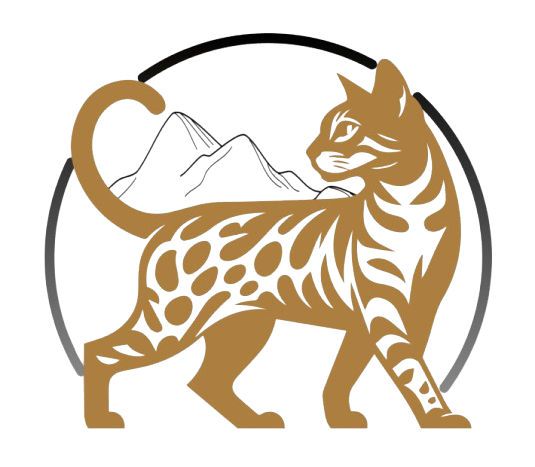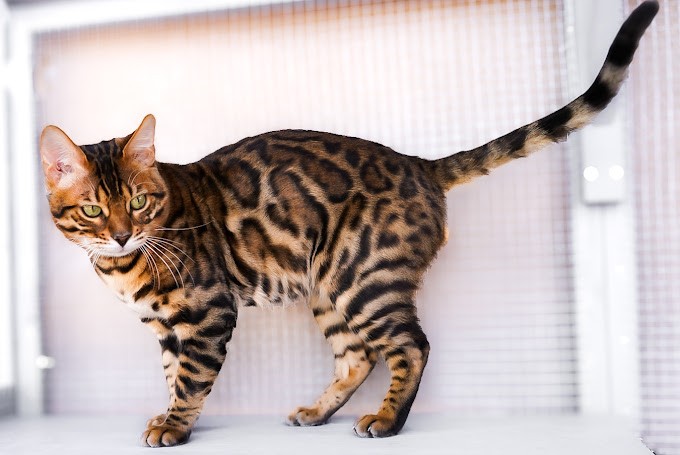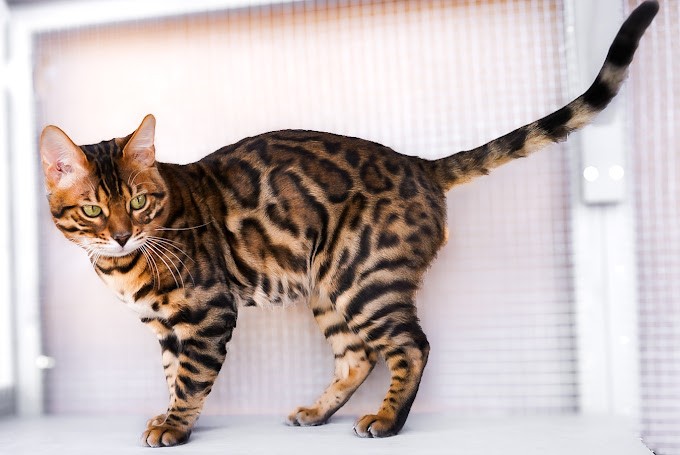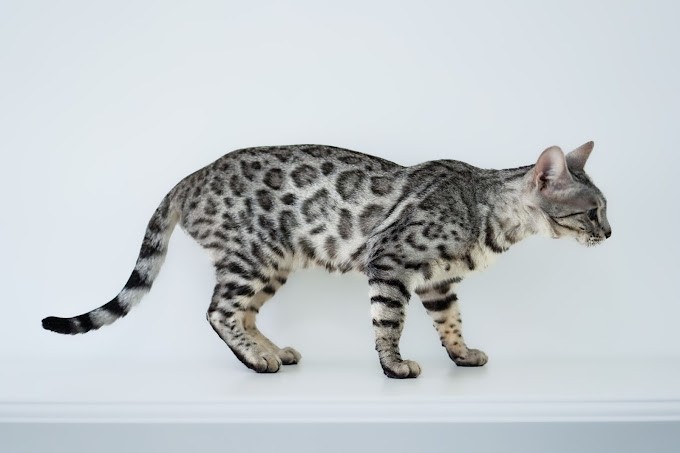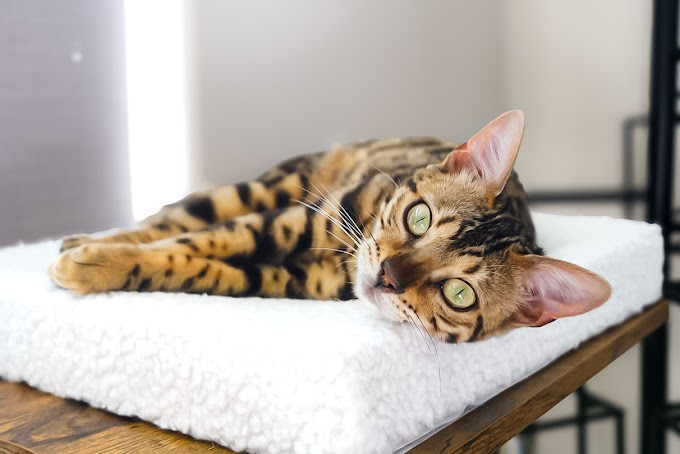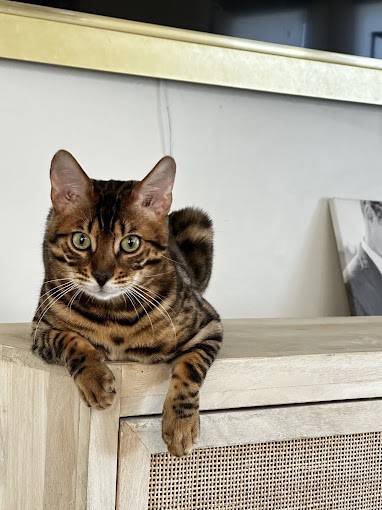Decoding Bengal Terminology: A Strategic Guide to Understanding SBT Bengals
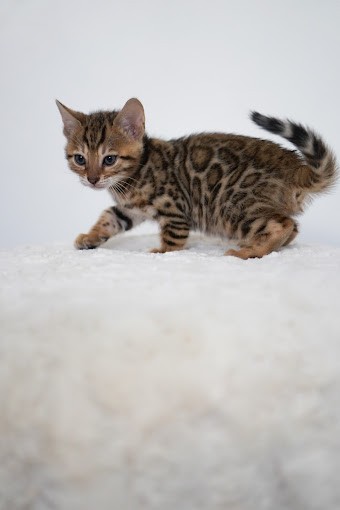
Purpose: We recognize that navigating the nomenclature of Bengal cats can be a complex endeavor at Utah Leopard Bengals. With varying terminologies across breeders and registries, prospective owners often find themselves confronted with ambiguity. Why does a single breed carry multiple names, and how does this impact the selection of the perfect Bengal companion? This whitepaper dissects the intricacies of Bengal classification, providing clarity and strategic insights to guide informed decision-making. Whether seeking SBT Bengal kittens for sale in Utah or exploring the lineage of a leopard cat for sale, understanding these terms is crucial for acquiring a well-bred Bengal that aligns with both aesthetic preferences and lifestyle considerations.
Table of Contents
- The Bengal Lexicon: Deciphering Breed Terminology
- The Evolution of Bengal Classification
- What Defines an SBT Bengal? Genetic Stability and Pedigree
- The Intersection of Wild Heritage and Domestication
- The Role of Ethical Breeding in Terminology Standardization
- Strategic Considerations for Prospective Owners
- FAQs
The Bengal Lexicon: Deciphering Breed Terminology
Bengals are frequently categorized using an array of terms that can obscure their true lineage. Prospective owners encounter designations such as “F1,” “Foundation Bengal,” “Early Generation,” and “SBT Bengal.” Understanding these classifications is pivotal for making an informed selection.
- Foundation Bengals (F1-F3): These early-generation Bengals are direct descendants of the Asian Leopard Cat (ALC). Retaining a higher proportion of wild genetics, they require specialized care and are typically not suitable as household pets.
- SBT Bengals: Standing for Studbook Tradition Bengals, these felines have been bred over multiple generations (F4 and beyond) to achieve genetic consistency. They epitomize the breed’s signature characteristics—rosetted coats, muscular agility, and an engaging temperament—while maintaining the adaptability necessary for domestic life.
- Leopard Bengals: This colloquial term reflects the striking resemblance of Bengals to their wild counterparts. However, it is not a standardized classification recognized by major feline registries.
The Evolution of Bengal Classification
The Bengal breed’s nomenclature has evolved in parallel with its domestication. In the 1960s, when the first Bengal hybrids emerged from crossings with the leopard cat for sale, these felines retained strong wild instincts. Over subsequent decades, breeding programs prioritized genetic refinement, yielding the SBT designation as a hallmark of domestic stability. Today, governing bodies such as The International Cat Association (TICA) and the Cat Fanciers’ Association (CFA) mandate strict generational criteria for Bengals to qualify as SBT.
What Defines an SBT Bengal? Genetic Stability and Pedigree
SBT Bengals represent the gold standard of Bengal breeding. Unlike early-generation Bengals, which require licensing in some regions due to their wild ancestry, SBT Bengals are recognized as fully domestic. They are characterized by:
- Predictable Temperament: Selective breeding minimizes erratic behavior, ensuring an affectionate yet independent nature.
- Exquisite Markings: High-contrast rosettes and glittering coats distinguish them from other breeds.
- Health Optimization: Multi-generational breeding reduces genetic volatility, leading to robust vitality and longevity.
For those seeking SBT Bengal kittens for sale in Utah, it is imperative to verify lineage through certified pedigrees. This ensures the acquisition of a Bengal that embodies both aesthetic elegance and behavioral adaptability.
The Intersection of Wild Heritage and Domestication
Despite their fully domestic classification, SBT Bengals retain residual traits from their wild ancestors. This delicate balance is what makes them such sought-after companions. Bengals display heightened problem-solving abilities, an affinity for water, and a level of engagement that surpasses most feline breeds. However, their adaptability makes them ideal for households willing to provide the necessary enrichment.
A case study from our cattery illustrates this dynamic: A Utah-based family sought a Bengal kitten that could integrate seamlessly with their active lifestyle. After selecting an SBT Bengal, they implemented structured engagement strategies—interactive toys, climbing spaces, and puzzle feeders—leading to a harmonious and fulfilling companionship experience. This example underscores the importance of understanding Bengal instincts while appreciating their domesticated ease.
The Role of Ethical Breeding in Terminology Standardization
The disparity in terminology surrounding Bengals can often be traced back to breeder practices. Ethical breeders, such as Utah Leopard Bengals, adhere to standardized classification systems and prioritize genetic integrity. This contrasts with unregulated breeding operations that may use misleading terminology to market hybrid felines as domestic Bengals.
Our breeding philosophy is rooted in:
- Transparency: Full disclosure of lineage and generational status.
- Health Screening: Comprehensive genetic testing to preempt hereditary conditions.
- Client Education: Equipping owners with knowledge to foster a thriving Bengal-human bond.
By aligning terminology with ethical breeding principles, we bridge the knowledge gap for prospective owners and reinforce the integrity of the Bengal breed.
Strategic Considerations for Prospective Owners
Selecting the right Bengal requires a blend of aesthetic appreciation and practical alignment with lifestyle expectations. Key considerations include:
- Space & Environment: Bengals thrive in interactive settings with ample vertical space.
- Activity Level: Their high-energy nature necessitates consistent engagement.
- Breeder Reputation: Verifying lineage and ethical standards ensures long-term satisfaction.
For those contemplating the acquisition of a Bengal, whether searching for a leopard cat for sale or an SBT Bengal kitten, due diligence is paramount. Understanding nomenclature is not merely an academic exercise—it is a strategic advantage in securing a feline companion that meets both aspirational and practical criteria.
Frequently Asked Questions (FAQs)
- Why do Bengals have different names like “SBT,” “F1,” or “Foundation Bengal”?
These terms indicate generational lineage, with SBT Bengals being fully domesticated and F1-F3 Bengals retaining wild traits. - How do I verify if an SBT Bengal is truly domestic?
Request a pedigree certificate from a reputable breeder, ensuring the kitten has at least four generations of Bengal-to-Bengal lineage. - Are SBT Bengals better suited for families than early-generation Bengals?
Yes. Unlike F1-F3 Bengals, SBT Bengals exhibit predictable temperaments and integrate well into family environments. - What factors should I consider when selecting a Bengal breeder?
Look for ethical breeding practices, health guarantees, and transparent lineage documentation.
Navigating Bengal Nomenclature with Confidence
Understanding Bengal terminology is not merely a semantic exercise—it is a critical step in securing a feline companion that aligns with lifestyle aspirations and ethical considerations. At Utah Leopard Bengals, we champion clarity, integrity, and excellence in Bengal breeding. Whether you are drawn to the dynamic energy of an SBT Bengal or the allure of a leopard cat for sale, informed decision-making ensures a rewarding and harmonious feline-human bond.
For those ready to embark on this journey, our expertise should be a guiding light. Knowledge is power—let it guide your path to Bengal ownership.
